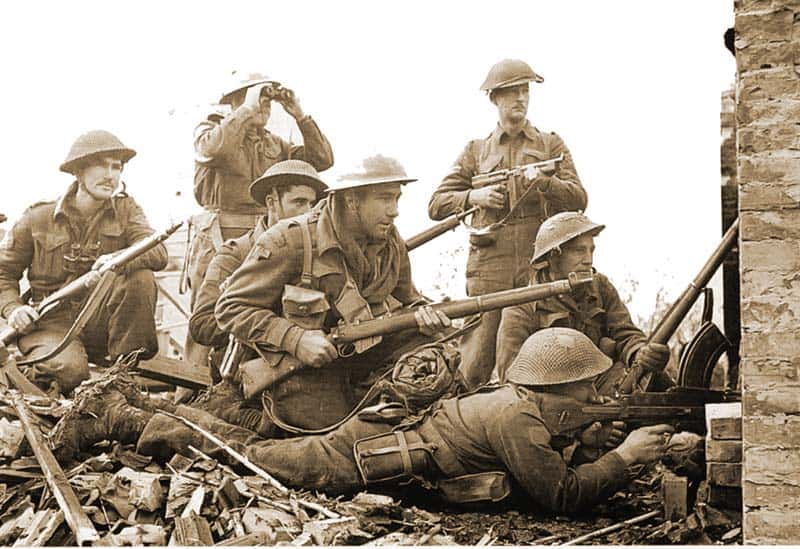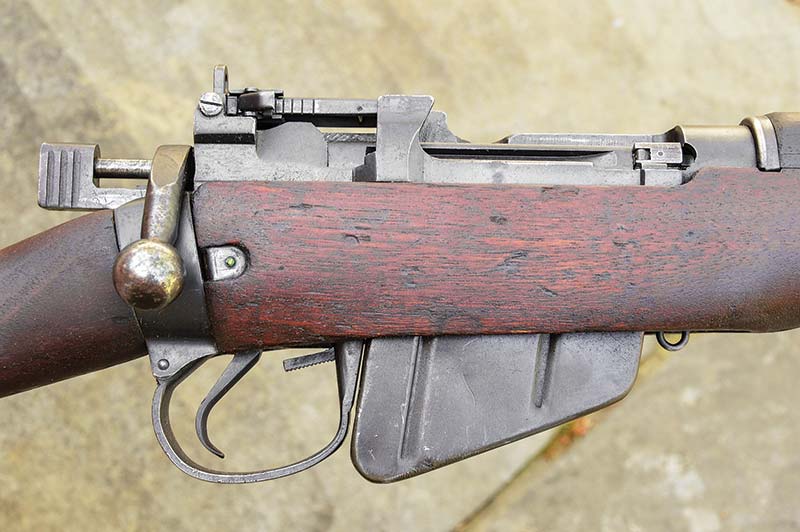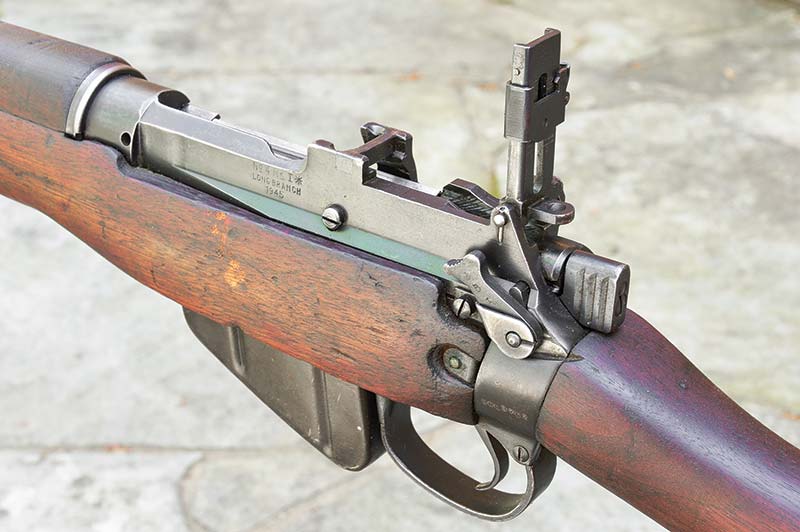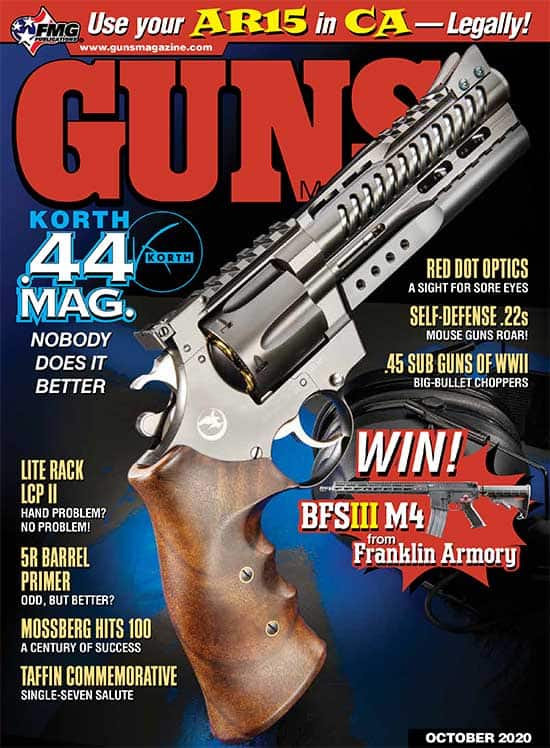Number One For The Brits
Over 3,000,000 were made. In the hands of British, Commonwealth and colonial soldiers, the No. 4 played a major role in defeating the Axis powers and remained their service rifle until fully replaced by the FAL in the 1960s. It continued to serve many second-rate nations well into the 1970s and insurrectionist guerillas long afterward. In fact, in the 1980s, Soviet troops fighting in Afghanistan faced Mujahideen fighters armed with the No. 4 Lee-Enfield.
The crux of the No. 4 Lee-Enfield story is it was Great Britain’s supremely practical evolution of the most promising of the world’s first-generation, small-bore, smokeless powder, bolt-action repeating-rifles (their own Lee-Metford) and the best battle rifle of World War I, the Short Magazine Lee-Enfield (SMLE) No. 1 Mk 3. From the start in 1888 with the Lee-Metford, the American-designed, rear-locking-bolt, turn-bolt action was the race car of the small arms world with its fast working speed and 8-shot, box-magazine. It was faster than front-lug bolt actions because it needed 30 percent less bolt rotation to open and close it, and less travel for loading and ejection. The speed of operation was further enhanced by placement of a turned-down bolt handle just behind the trigger (most bolt handles were straight and in front of the trigger) and the decision to have the bolt cock on the long, forward-chambering-stroke instead of the short, upward opening-stroke used in all other turn-bolt designs.








